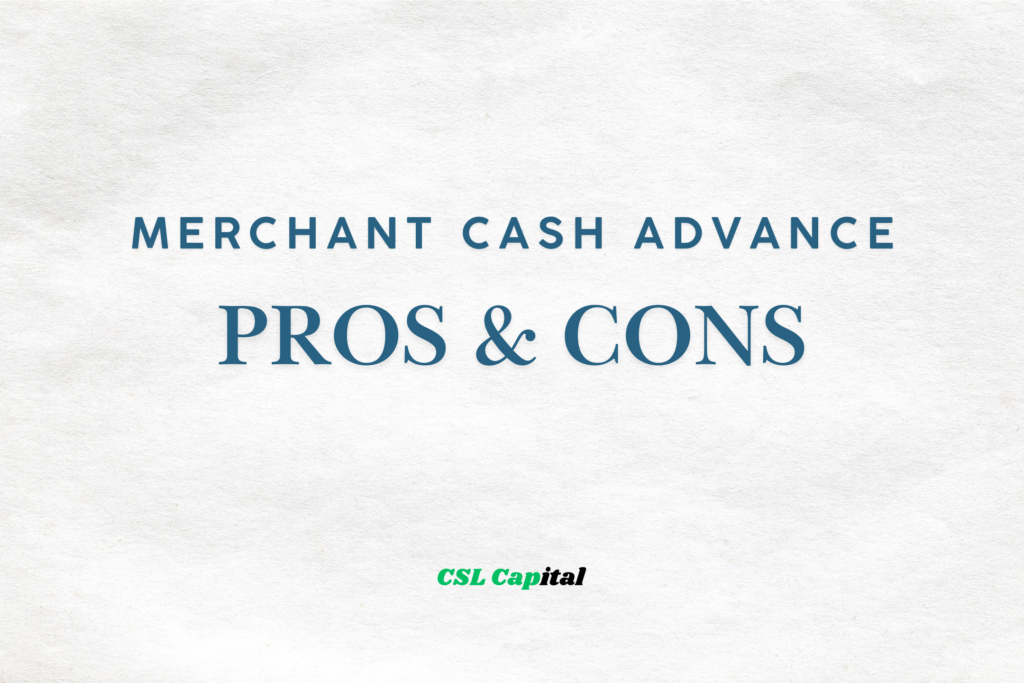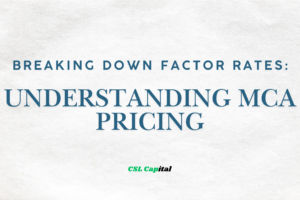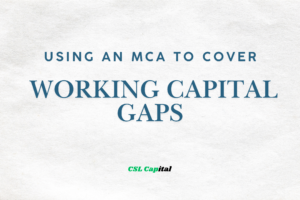In the realm of business financing, Merchant Cash Advances (MCAs) have gained significant popularity due to their unique structure and accessibility. Understanding how MCAs work, their advantages, disadvantages, and key operational mechanisms is crucial for entrepreneurs seeking financial assistance. This comprehensive guide delves into the intricacies of MCAs to provide a clear picture of their functioning.
Understanding MCAs: A Brief Overview
Merchant Cash Advances, often referred to as MCAs, are a type of financing commonly used by businesses to obtain quick capital. In essence, an MCA provider offers a lump sum payment to a business in exchange for a percentage of its daily credit card sales plus a fee. This arrangement allows businesses to access funds swiftly, albeit at a higher cost compared to traditional loans.
How MCAs Work
Merchant Cash Advances operate on a simple premise – a business receives a lump sum upfront and repays the advance through a percentage of daily credit card sales. This payment structure aligns with the business’s revenue fluctuations, making it appealing for companies with irregular income streams.
Pros of MCAs
Fast Approval: Unlike traditional loans that may take weeks to process, MCAs offer quick approval, enabling businesses to secure funding promptly.
Flexible Repayment: The repayment amount is proportionate to daily sales, offering flexibility during lean periods.
No Collateral Required: MCAs are unsecured, meaning businesses do not have to put up collateral to secure funding.
Poor Credit History Accepted: Businesses with less-than-perfect credit scores can still qualify for MCAs based on their sales performance.
Cons of MCAs
High Costs: MCAs typically come with high fees and factor rates, making them a costly financing option.
Daily Repayments: The daily deduction from credit card sales can impact cash flow, especially during slow periods.
Opaque Terms: Some MCA agreements have complex terms and conditions that may be difficult to decipher.
Risk of Debt Cycle: Businesses relying heavily on MCAs may fall into a debt cycle due to the continuous repayment structure.
Key Mechanics
Understanding the mechanics of MCAs is essential for businesses considering this financing option. Key components include:
- Advance Amount: The initial lump sum provided by the MCA provider.
- Factor Rate: The multiplier applied to the advance amount to determine the total repayment.
- Holdback Percentage: The percentage of daily credit card sales withheld for repayment.
- Repayment Term: The duration over which the MCA is repaid.
How MCAs Work: Pros, Cons, and Key Mechanics
Merchant Cash Advances offer a unique funding solution for businesses in need of quick capital. However, it is vital to weigh the pros and cons before opting for this financing option. By understanding the key mechanics of MCAs, businesses can make informed decisions regarding their financial needs.
FAQs About MCAs
Are MCAs suitable for all types of businesses?
While MCAs can benefit businesses with consistent credit card sales, they may not be ideal for those with fluctuating revenue streams.
How are MCAs different from traditional loans?
MCAs are based on future credit card sales, whereas traditional loans involve fixed monthly payments.
Can businesses with poor credit scores qualify for MCAs?
Yes, as MCAs prioritize sales performance over credit history.
What happens if a business fails to repay an MCA?
Defaulting on an MCA can lead to legal action and additional fees imposed by the provider.
Are there alternatives to MCAs for quick financing?
Business lines of credit and invoice factoring are viable alternatives to MCAs for obtaining rapid funding.
Do MCAs have a maximum funding limit?
MCA providers typically cap funding amounts based on the business’s average monthly credit card sales.
Conclusion
Navigating the landscape of business financing requires careful consideration of the available options, including Merchant Cash Advances. By understanding how MCAs work, weighing their pros and cons, and grasping the key mechanics involved, businesses can make informed decisions tailored to their specific financial needs. While MCAs offer quick access to capital, it is essential to evaluate their suitability based on individual requirements and financial circumstances. Embracing transparency and thorough research can empower businesses to leverage financing solutions effectively and sustainably in today’s competitive market environment.




